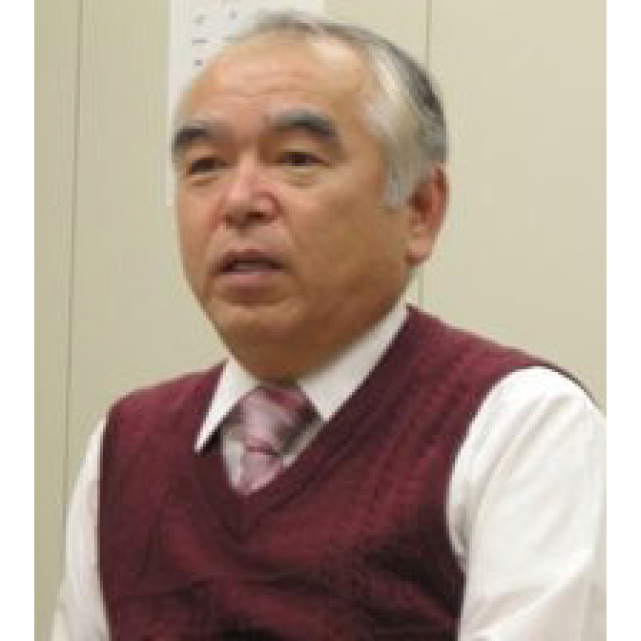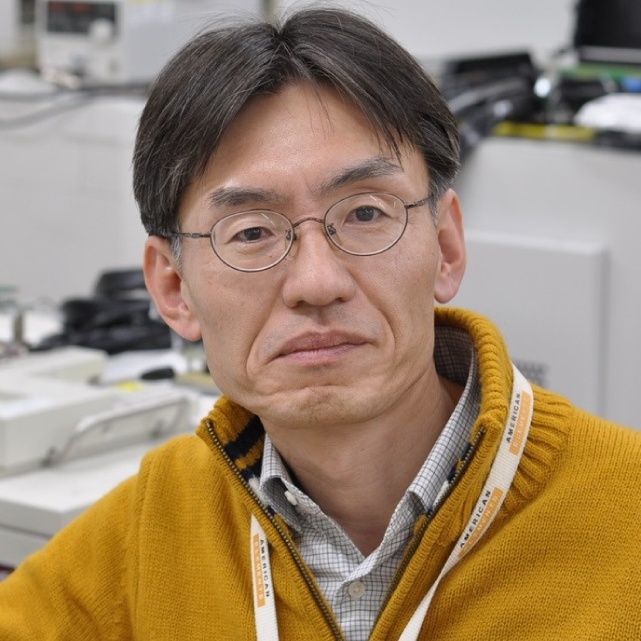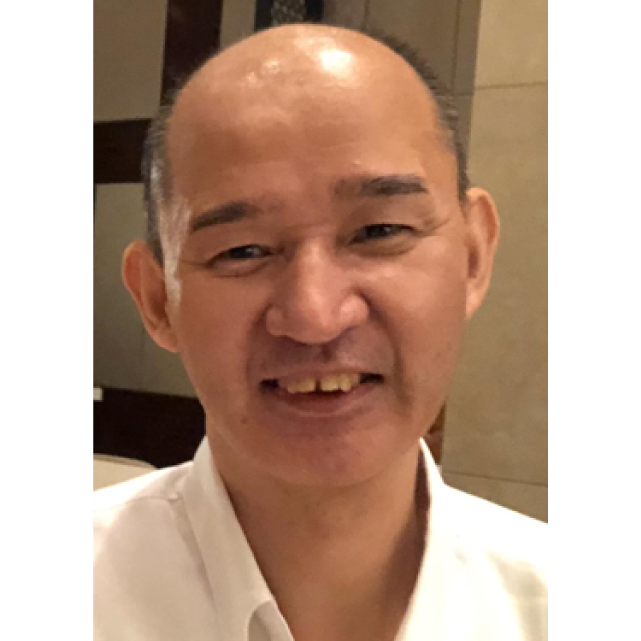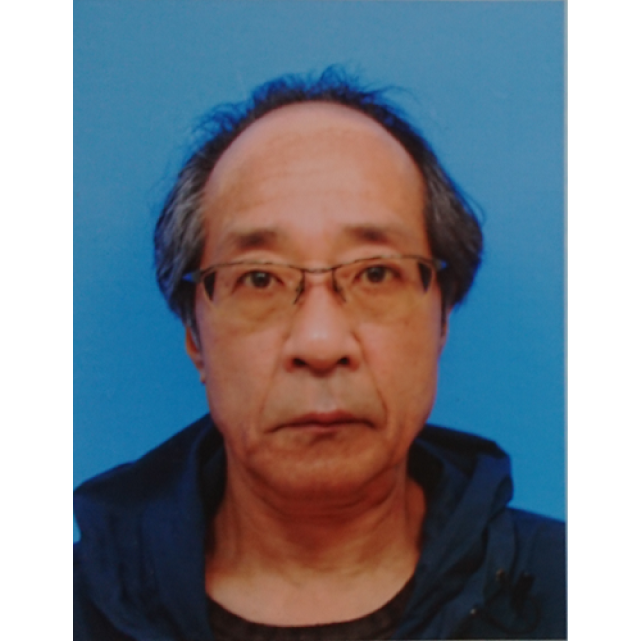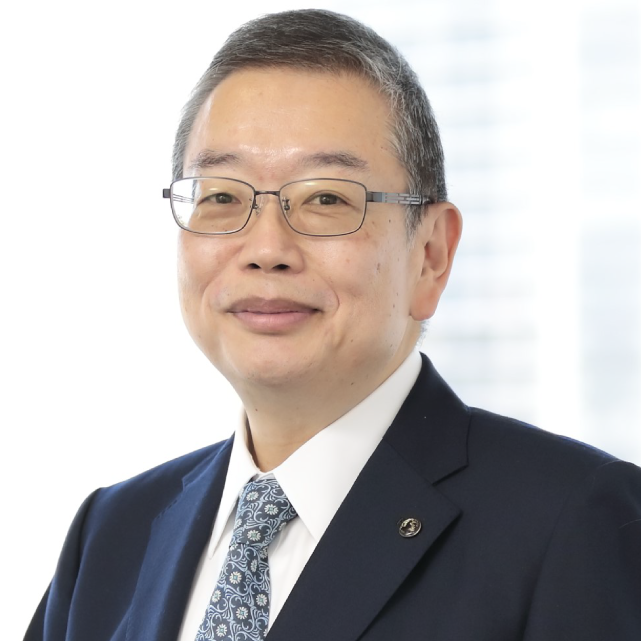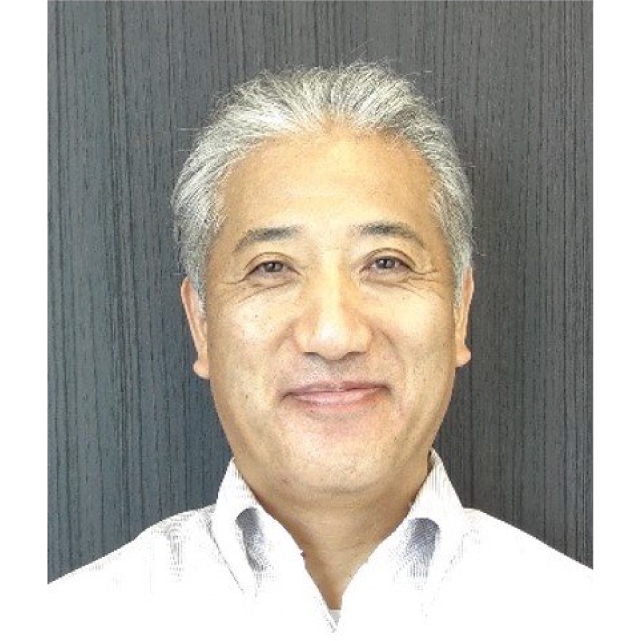Electronic Design & EDA Track
*Japanese only
■13:30~13:55 Technical Session
<Title>
Introduing how to use a big capacites &High pseed memories..
<Abstract>
The increase in capacity and speed of DDR and eMMC has been remarkable and has greatly contributed to increasing the processing speed of computers, but when it comes to designing a microcomputer using these, it becomes a big hurdle.
Therefore, it is common to use memory modules to avoid these problems, but on-board implementation is essential for miniaturization and low power consumption.
However, it is very difficult to clear it in one circuit/PCB design, leading to a significant increase in development time and costs.
In the seminar, we will introduce a part of how to clear these things.
<Speaker>
Tasuku Kashihira
■13:55~14:40 Invited Session
<Title>
Highly Energy Efficient Nonvolatile FPGAs for AI/IoT
<Abstract>
Recognition procedure with convolutional neural network (CNN) needs large computational power. FPGA accelerator is suitable for executing CNN especially with binary- or ternary-mode. Non-volatile FPGA with NanoBridge provides high energy efficiency for CNN application in IoT devices. Non-volatility provides in the intermittent operation and the reduction of standby power in the sleep mode of the system. In contrast, for starting up SRAM-based FPGA, it is required to configure the programmable logic bock by streaming the data from the external non-volatile memory. I will introduce an NV-FPGA Initiative where applications of non-volatile FPGA are discussed.
<Speaker>
Toshitsugu Sakamoto
■14:40~15:05 Technical Session
<Title>
Introduction of our key technologies and LSI development for future IoT systems
- Sensor AFE/PMIC/RFEH/Wake Up Rx LSI for effective sensing and ultra low power achievement in future IoT systems -
<Abstract>
We will introduce our approach to the development of key technologies and analog mixed-signal LSI for effective sensing and ultra low power achievement which are the most important technologies of IoT systems.
We have developed IoT system and will apply our LSI to IoT sensing platform such as Sensor Analog Front End (SAFE) for effective sensing, RF Enargy Harvester (RFEH)/Power Management (PM) to achieve low power consumption, and Wake Up Receiver (WuRx) to realize time interval access and ansynchronus access sensing. These are the key technologies for future IoT systems.
We will also introduce our analog LSI design service by using our assets and our current activities to achieve various IoT applications.
<Speaker>
Naoya Kimura
Akira Yoshida
■15:05~15:50 Invited Session
<Title>
Low Power Spintronics Semiconductor Technology of Tohoku University’s startup for a semiconductor game changer in the carbon-neutral era!
<Abstract>
In this talk, based on the megatrends in the electronics and automobile industries and so on, I will give an overview of the world's semiconductor strategy trends and introduce the activity of PowerSpin as Tohoku University’s Startup including Center for Innovative Integrated Electronic Systems of Tohoku University.
Spintronics based low power semiconductor technology, which is a key technology to solve the dilemma of power consumption and computing performance will be introduced. In particular, I will show and discuss from low power memory technologies such as STT-/SOT-MRAM to low power logic technologies such as IoT microcomputers/AI processors.
<Speaker>
Tetsuo Endoh
■15:50~16:15 Technical Session
<Title>
LSI Design Environment with Local Cloud and Open Source EDA.
<Abstract>
The soaring cost of LSI design environments using commercial EDA tools has made the cost of LSI development itself very expensive. In response, there is a growing movement to develop an LSI design environment that utilizes open source EDA.
The advantages and disadvantages of building each environment on the cloud are described below.
<Speaker>
Yoshio Inoue
Speaker
Flatoak Co., Ltd.
CEO
Tasuku Kashihira
Guraduating Chuo Univ.
CEO of Sophia Systems.
2009, Established Flatoak Co., Ltd.
Speaker
NanoBridge Semiconductor Inc.
Chief Technology Officer
Toshitsugu Sakamoto
Toshitsugu Sakamoto received the MSEE and Ph.D degrees from Osaka University. He was also a visiting researcher in California Institute of Technology. After joining NEC Corporation, he worked on nanoelectronic devices. His current focus is on NanoBridge technology used as switching elements of programmable logic devices. He is a co-founder and chief technology officer of NanoBridge Semiconductor Inc.
Speaker
CM Engineering Co., Ltd.
Manager, Business Development Depertment
Naoya Kimura
Naoya Kimura joined Oki Electric Industry Co., Ltd., and Oki Network LSI Co., Ltd., and he is now engaged the analog・mixed signal LSI development and the sensor analog front-end, and the IoT system development in CM Engineering Co., Ltd.
Speaker
CM Engineering Co., Ltd.
Senior Manager, Business Development Depertment
Akira Yoshida
Akira Yoshida joined Oki Electric Industry Co., Ltd., and Oki Network LSI Co., Ltd., and he is now engaged theRF/IF wireless communication development and the sensor analog front-end, and the IoT system development in CM Engineering Co., Ltd.
RF/IF wireless communication development
Speaker
Power Spin Inc.
Representative Director & CTO
Tetsuo Endoh
Dr.Tetsuo Endoh was born in Tokyo in 1962. He graduated from the Faculty of Science, University of Tokyo in 1987. He joined Toshiba Co. in 1987 and was engaged in the R&D and mass-production of NAND Memory. He became a lecturer at the Research Institute of Electrical Communication, Tohoku University in 1995. Now, he is a professor at the Graduate School of Engineering, Director of the Center for Innovative Integrated Electronic Systems (CIES)and Deputy director of the Center for Science and Innovation in Spintronics (CSIS) of Tohoku University. He is engaged in research on 3D NAND memory, high-integration non-volatile memory such as STT-/SOT-MRAM, ultra-low power application processor including non-volatile logic and CMOS/Spintronics Hybrid circuit, and GaN on Si/SiC based power electronics technology.
Speaker
CDC, Inc.
CEO & CTO
Yoshio Inoue
After joining Mitsubishi Electric Corporation, transferred to Mitsubishi Electric of America. He developed EDA design systems for high-speed SoC with many EDA vendors and deployed design methodologies.
After the business was taken over by Renesas Technology, he also worked for Renesas Electronics.
Since April, 2016, he has been President, CEO & CTO of CDC Research Institute, Inc.
